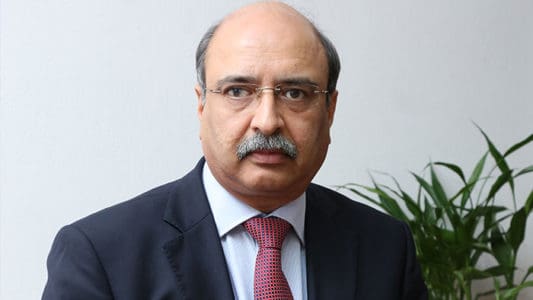August 2016 was a pretty eventful and landmark month with the ayes outnumbering the nays and clearing the passage of Goods and Services Tax (GST) bill in the Upper House. After a lot of dilly-dallying, GST, which promises to bring different layers of taxes under one umbrella and is the biggest tax reform in India, finally saw the light of day. The implementation of this tax regime is viewed as one of the most critical indirect tax reforms, influencing most of the factors of production and economics causes. It has both near-term and long-term implications like–a spike in taxes on services, which accounts for close to 60 percent of country’s GDP, swelling the central government’s tax kitty more than the state exchequer. Over and above, it will have more positive long-term benefits like greater price competitiveness, removal of inter-state tax barriers, efficient tax system, and enhanced growth on account of higher exports and investments.
Get the Consensus:
Now, the Centre and the state governments need to play their respective roles and brainstorm upon the following pointers for GST implementation:
- Half of the state assemblies need to ratify the amendment bill with a two-third majority.
- All 29 states and two union territories will need to pass their own State GST law (SGST).
- Approvals on all modalities like the taxation structure.
- Administrative controls and processes.
- After GST Council’s approval, they would be brought to the House of the Parliament.
- Parliament needs to approve two enabling laws – the Central GST law (CGST) and the Integrated Goods & Services Tax (IGST) law, governing interstate supplies of goods and services, in the next session.
- GST rate, which is not part of the Constitutional Amendment bill, needs to be approved.
The IT Network Enabling GST
The Indian government has set up Goods and Service Tax Network (GSTN) – a reliable, efficient, and robust IT backbone for smoother implementation of GST. The need of the hour is a very strong IT and administration process and structure to manage and govern GST functioning. GSTN is going to transform the way businesses are today done in India. GSTN is a non-government body, where the Centre and the states governments hold 24.5% and 24.5% stakes, respectively, and non-government financial institutions have a 51% holding.
Last year, Infosys bagged an INR 1,380-Crore GSTN contract to build and maintain the technology network for the implementation of the GST system across the country in five years. GSTN has also joined hands with various states to ensure that their current systems are suitably upgraded for the smooth transition for the GST platform. In fact, the network provides an opportunity for Indian IT players to collaborate and work at central and state levels and is in a nascent stage of development and should go for testing by October 2016. Although not easy, but a mammoth task where close to three billion invoices will be uploaded on a monthly basis.
Meanwhile, the Central Board of Excise and Customs (CBEC) is also taking various initiatives to impart training to central and state government officials around GST rollout and implementation. An exclusive directorate for GST related training has also been established.
The Changing Facet
As the government takes a number of steps to get the required approvals and agreements from all stakeholders and set up the right network, we are optimistic that it would pave a smoother passage for GST rollout in the country. The implementation will have a deep-rooted impact across businesses of all size and verticals by transforming the business processes, which could be disruptive, at least in the short-run.
Although, some teething troubles will go hand in hand as we head for a major transformation that would have knee-jerk reaction on any public or larger base system. Just to remember, in the Ministry of External Affairs, when the passport application to issue cycle underwent a revamp, there were some teething problems, but gradually the common man found it a cakewalk to deal with. Likewise, there were initial concerns with respect to DBT or PDS system, but they were too resolved. The GST too shall have its share of teething problems and with time, dealing with them would be too easy.
No doubt, it’s an uphill task, but once implemented, GST will be a major game changer for our long-term growth and fiscal consolidation with more simplified indirect tax structure. And it would remove geographical barriers to create ‘One Indirect Tax Regime’ for ‘One India’, for which we were longing for quite long.












